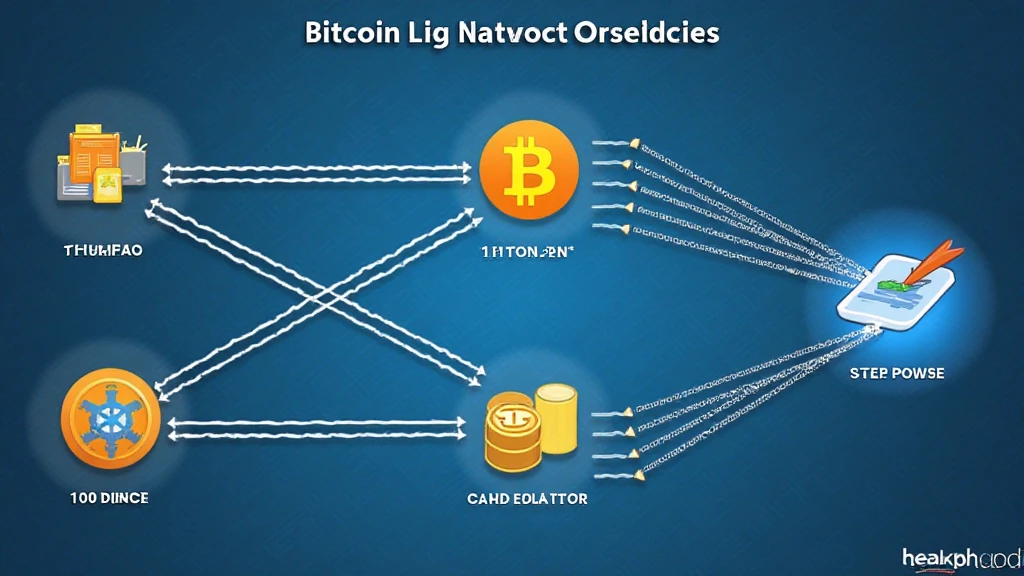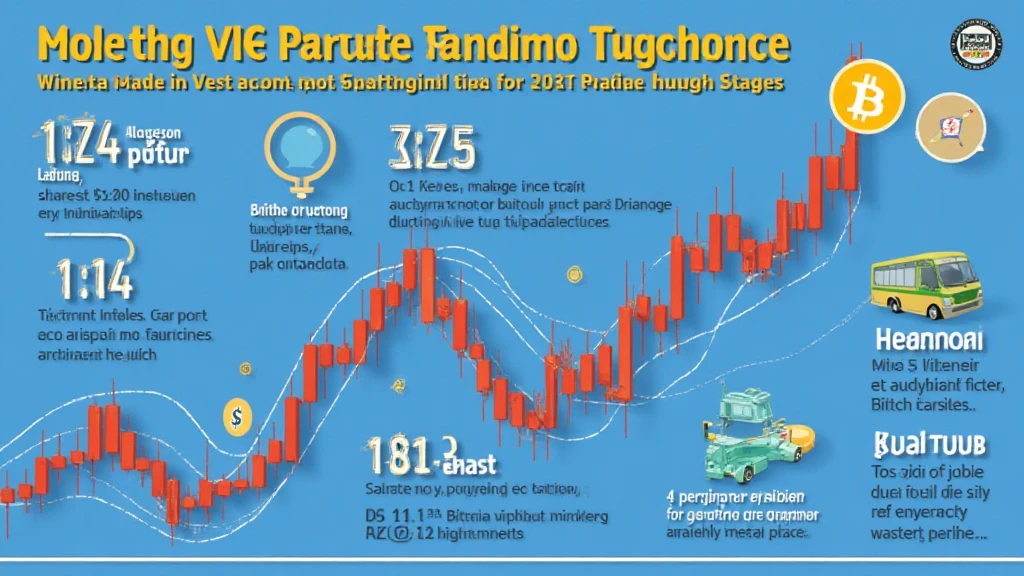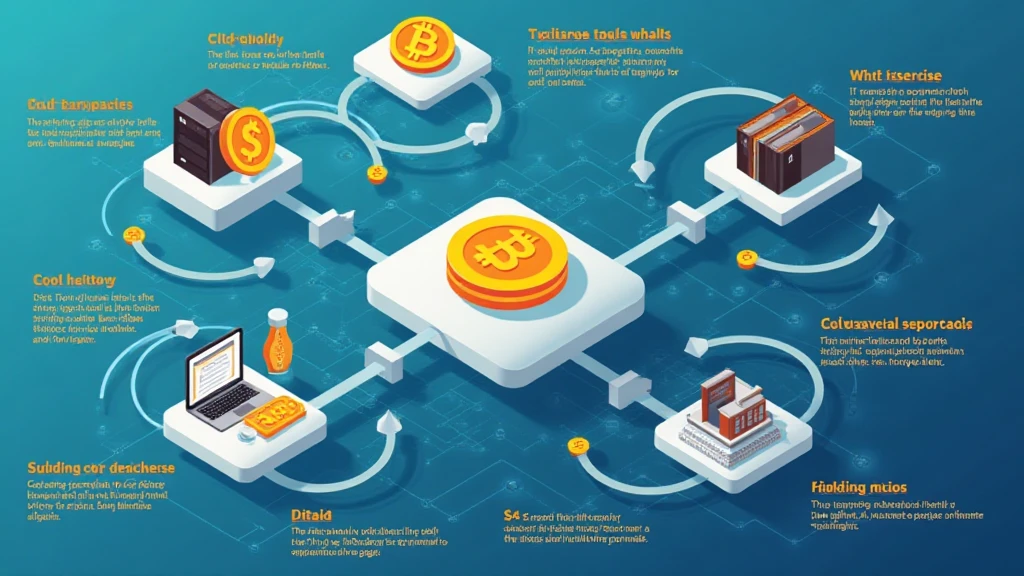Bitcoin Lightning Network Scalability Challenges
With $4.1 billion lost to DeFi hacks in 2024 and rising concerns about transaction speed and costs, the Bitcoin Lightning Network promises a solution. As cryptocurrency adoption expands globally, particularly in growing markets like Vietnam, understanding the Lightning Network’s scalability challenges becomes crucial.
Introduction to Bitcoin Lightning Network
The Bitcoin Lightning Network is designed to enhance transaction efficiency on the Bitcoin blockchain. With traditional transactions often taking several minutes, the Lightning Network facilitates near-instantaneous transactions at a fraction of the cost. However, this innovation comes with its own set of scalability challenges.
The Lightning Network allows users to create payment channels, enabling transactions to be conducted off-chain. This not only alleviates congestion on the Bitcoin blockchain but allows for microtransactions that were previously impractical. Yet, despite these advantages, many factors impede its scalability.

1. Limited Channel Capacity
A core limitation of the Lightning Network is the capacity of payment channels. Each channel can only handle a limited amount of Bitcoin, which can lead to bottlenecks in high-demand scenarios. If a payment channel’s capacity is reached, additional transactions cannot proceed unless funds are redistributed or the channel is closed.
- Channel Liquidity: Liquidity in a channel is crucial. If a channel is not well-funded, it limits users’ ability to transact.
- Redistribution Challenges: Moving funds between channels requires closing channels or opening new ones, which can be cumbersome and slow.
To improve channel capacity, multi-path routing is being developed, which allows a single transaction to be split across multiple, smaller payment channels. Although a promising avenue, it still requires considerable optimization.
2. Network Complexity and Usability
As the Lightning Network grows, its complexity increases. With numerous channels, users must navigate potential pitfalls, such as channel mismanagement and failed transactions. The interface for setting up and managing payment channels remains daunting for the average user.
- User Education: Blockchain technology needs user-friendly tools and educational resources to help individuals navigate the Lightning Network.
- Technical Support: Increased support systems are necessary to assist users in troubleshooting issues related to channel management.
3. Routing Difficulties
The efficacy of the Lightning Network is significantly dependent on routing capabilities. Transactions are often tied up in finding viable routes through the network. Research indicates that as more users join, routing difficulties may compound.
- Randomized Routing: Current routing methods can lead to suboptimal paths, resulting in longer transaction times.
- Fee Structures: Different fee structures across payment channels can make it challenging to find the most cost-effective routing paths.
Improvements in routing algorithms and incentives for channel operators could help mitigate these challenges.
4. Security Concerns
Though the Lightning Network enhances transaction speed and cost, security remains a paramount concern. The reliance on third-party channel operators introduces potential vulnerabilities. As the network matures, ensuring that user funds remain secure will be critical.
- Third-Party Risks: Users who opt for custodial wallets risk exposing their funds to breaches.
- Channel Closure Risks: If a channel closes unexpectedly, funds may remain locked unless users go through a lengthy resolution process.
Implementing robust security practices, such as improved encryption and better user authentication methods, is essential for maintaining trust.
5. Market Trends Influencing Adoption
As cryptocurrency usage proliferates in regions like Vietnam, where user growth rates have surged, the demand for efficient transaction protocols intensifies. Local businesses are increasingly accepting Bitcoin through the Lightning Network, but these scalability challenges can hinder adoption.
- Regulatory Framework: Vietnam’s stance on cryptocurrency can impact user confidence and investment.
- Infrastructural Development: Investment in local infrastructure for crypto transactions is crucial to facilitate wider adoption.
According to local reports, the Vietnamese crypto market is expected to grow by 23% annually, emphasizing the need for effective scalability solutions.
Conclusion
The Bitcoin Lightning Network, while revolutionary, faces several scalability challenges that need addressing for widespread adoption. By understanding and tackling issues like limited channel capacity, network complexity, routing difficulties, and security concerns, stakeholders can enhance Bitcoin’s scalability. Collaborative efforts, education, and advancements in technology will ultimately pave the way to a more efficient payment network.
As the digital landscape evolves, it is crucial to stay informed about these developments. Engaging with platforms like cryptocoinnewstoday can provide insights into the latest trends and future opportunities in cryptocurrency.





